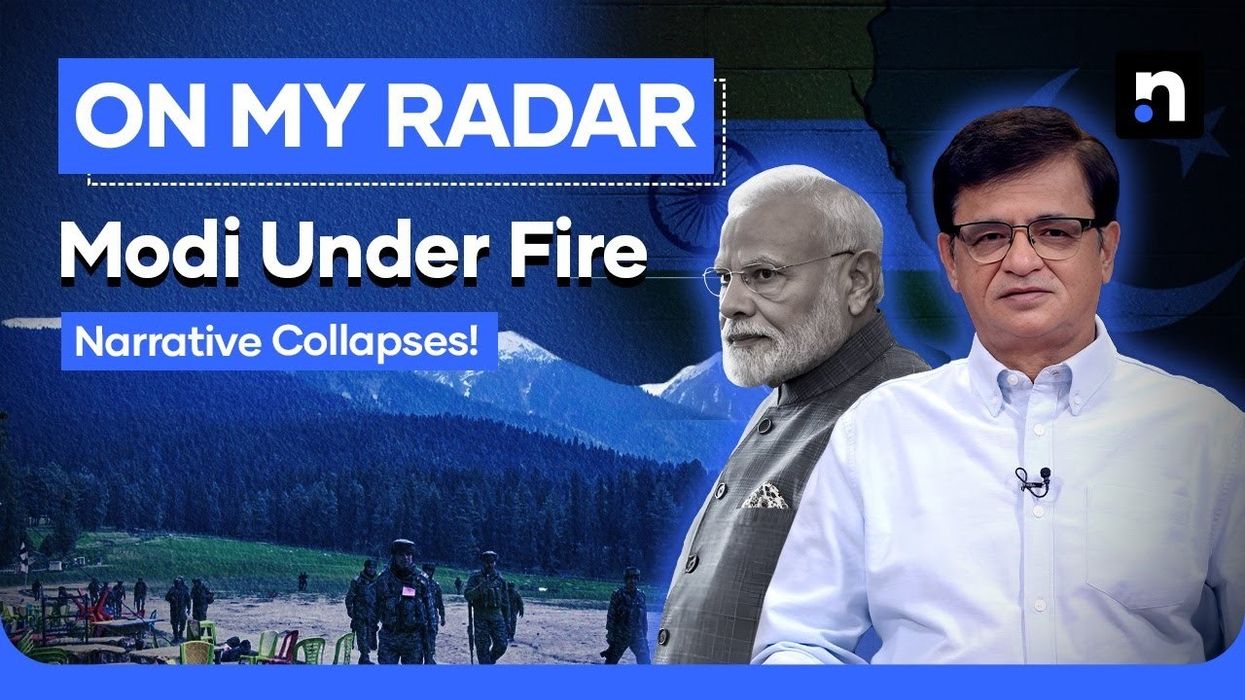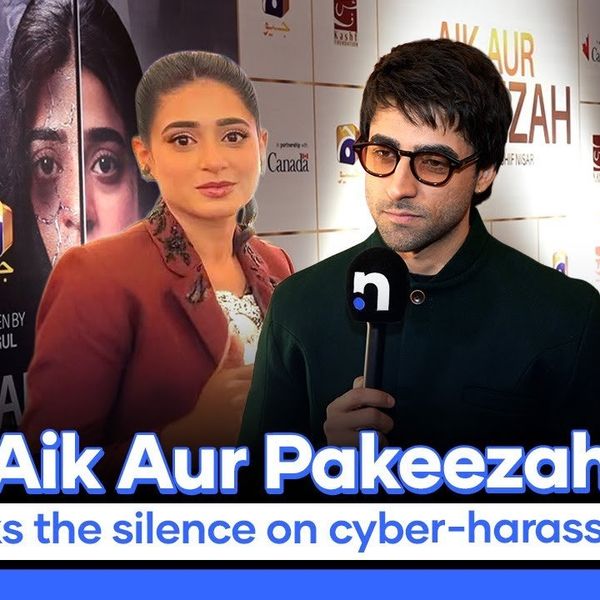News Desk
The News Desk provides timely and factual coverage of national and international events, with an emphasis on accuracy and clarity.
Sharp criticism is mounting within India over the government's handling of the deadly Pahalgam attack, with mainstream media outlets, opposition leaders, and prominent commentators questioning Prime Minister Narendra Modi’s narrative and pointing to major security failures.
Indian media, including The Times of India, The Wire, LiveMint, and The Hindu, have highlighted contradictions in the official account. On social media, commentators like Dhruv Rathee, Ravish Kumar, and Praveen Swami have conducted detailed debriefings of the incident, raising serious doubts.
Opposition leaders such as Rahul Gandhi, Shashi Tharoor, Akhilesh Yadav, and Arvind Kejriwal have also launched scathing attacks, asking how such a breach could occur deep inside Indian territory.
In an article, Scroll.in observed that the Indian government's version of events appeared "muddled, contradictory, and inconsistent" from the start. Initially described as a routine militant ambush by a Pakistan-backed group, later reports suggested the attack showed a level of planning, boldness, and scale more typical of a military-style tactical assault.
Questions have arisen over how attackers could reach Pahalgam, located 400 kilometres from the Line of Control, without detection. Analysts are asking if a deliberate security vacuum was created.
Both The Hindu and Indian Express noted contradictions between the statements issued by the Indian Army, police, and Home Ministry, suggesting the government may be hiding key facts.
Early reports varied wildly — at times stating the number of attackers as four, six, or even ten. The attackers were described as wearing either khaki or camouflage uniforms and using AK-47s or M-4 rifles. Indian media outlets suddenly mentioned the group "The Resistance Front" (TRF), despite a lack of credible records of the group before 2025.
The Times of India raised concerns in an editorial, asking how such a major lapse occurred despite heavy troop deployments in Jammu and Kashmir, heightened tensions with Pakistan, and high alerts during the Amarnath pilgrimage season. It questioned the absence of actionable intelligence despite intense surveillance by India's Intelligence Bureau (IB), Research and Analysis Wing (RAW), and military intelligence.
"The tragedy in Pahalgam was born because threats were ignored," the paper observed.
The Print raised another key point: how did heavily armed men escape detection in an area packed with army, paramilitary, and intelligence units? The outlet also questioned how the attackers evaded India's satellites, drones, and technical surveillance systems.
The Wire’s Rahul Bedi headlined his article: "The Pahalgam Attack Exposes Deep Faultlines in India’s Security Apparatus." The report cited eyewitness accounts that pointed to poor coordination between police and army units. Response teams arrived late, and the attackers escaped unharmed, suggesting deep knowledge of local patrol patterns.
Opposition leader Rahul Gandhi asked five pointed questions, demanding to know how the attack happened, why intelligence failed, how attackers crossed the heavily monitored border, and who was responsible for the deaths of 26 people. He called for Home Minister Amit Shah’s resignation and urged Modi to accept responsibility.
Akhilesh Yadav, former Chief Minister of Uttar Pradesh, questioned how attackers "entered our house" despite tight security.
Senior Indian journalists Praveen Swami and Saikat Datta observed signs of political pressure in the reporting of the attack, accusing private media of blindly following the government’s line blaming Pakistan, without independent verification.
Defense analyst Ajai Shukla said the Modi government appeared to be using "externalizing blame" — a tactic previously employed to cover up internal intelligence failures.
Karnataka’s Chief Minister Siddaramaiah said there was no need for war with Pakistan, calling the Pahalgam incident a "security failure of our own."
In a podcast with Kashmiri journalists, Satya Hindi editor Sharad Pradhan argued that the roots of militancy were not at the border or within the army, but in New Delhi’s policies towards Kashmir.
Strategically, the Pahalgam attack undermines India’s claims that normalcy has returned to Kashmir following the 2019 abrogation of Article 370. Analysts say the attack exposed local resentment and operational vulnerabilities.
Pakistan’s Prime Minister Shehbaz Sharif has offered to assist in an independent investigation into the incident.
China’s state media Global Times quoted the Chinese Foreign Ministry supporting an "impartial investigation" into the attack. Meanwhile, former U.S. President Donald Trump commented that while tensions over Kashmir are centuries old, India and Pakistan would eventually find a way to resolve them.
According to The New York Times, Modi spoke with more than a dozen world leaders following the attack and briefed diplomats from over 100 countries. Yet, days later, India has neither officially blamed any group nor presented evidence of Pakistan’s involvement.
Timing has also raised eyebrows. The attack occurred during Modi’s meetings with U.S. Vice President JD Vance and Saudi Crown Prince Mohammed bin Salman. Some analysts question whether it was merely a coincidence — or a way to draw greater global attention.
Past precedents, such as the 2016 Pathankot attack, where India’s National Investigation Agency later admitted finding no evidence of Pakistani government involvement, add to the growing skepticism.
As scrutiny intensifies, many wonder whether uncomfortable truths about the Pahalgam attack will soon emerge.











Comments
See what people are discussing